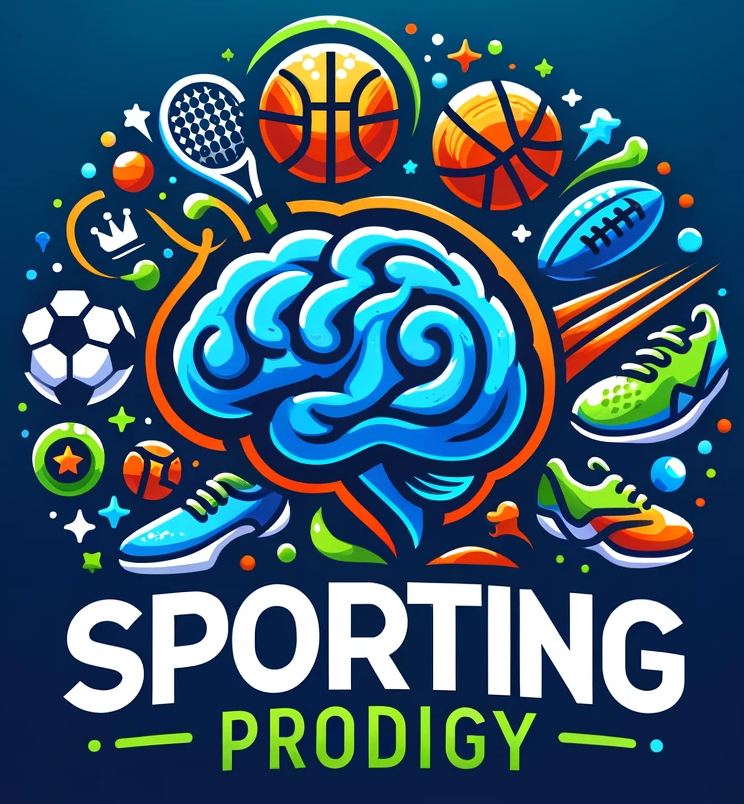Attention is a fundamental cognitive process that shapes our perception, decision-making, and behavior. It enables us to filter out irrelevant information and concentrate on what is important. However, how do we control our attention? This is where Attentional Control Theory (ACT) comes into play. Developed by Michael Posner and colleagues, ACT provides a framework for understanding how attention is directed, maintained, and shifted. In this article, we’ll delve into the key concepts of Attentional Control Theory and explore its implications across various domains.
Key Concepts of Attentional Control Theory
At the core of Attentional Control Theory are three key components: the goal, the cue, and the attentional state. Let’s break down each of these components:
Goal: The goal represents what we intend to achieve or focus on in a given situation. It could be completing a task, processing specific information, or directing attention to a particular stimulus.
Cue: Cues are signals in the environment that prompt shifts in attention. These cues can be external (e.g., a sudden noise) or internal (e.g., a thought or memory).
Attentional State: This refers to the allocation of attentional resources toward the goal in response to cues. Attentional states can vary in intensity and duration, depending on factors such as task demands and individual differences.
According to ACT, attentional control involves the interplay between these three components. The goal guides attentional focus, while cues trigger adjustments in attentional state to align with the goal.
Mechanisms of Attentional Control
ACT proposes two main mechanisms involved in attentional control: orienting and executive control.
Orienting: Orienting involves the rapid allocation of attention to relevant stimuli in the environment. It allows us to quickly detect and process incoming information. Orienting can be either reflexive, driven by external cues, or voluntary, guided by internal goals and expectations.
Executive Control: Executive control refers to the top-down regulation of attention in accordance with cognitive goals and task demands. It involves processes such as inhibiting irrelevant information, maintaining focus, and shifting attention between different tasks or stimuli.
These mechanisms work in tandem to ensure efficient allocation of attentional resources based on the current goals and environmental context.
Applications of Attentional Control Theory
Attentional Control Theory has broad implications across various domains, including psychology, neuroscience, education, and clinical practice.
Cognitive Psychology: ACT provides insights into how attentional processes contribute to cognitive functions such as learning, memory, and problem-solving. Understanding these mechanisms can inform strategies for optimizing cognitive performance and overcoming attentional deficits.
Neuroscience
Neuroimaging studies have elucidated the neural networks underlying attentional control, including regions such as the prefrontal cortex, parietal cortex, and anterior cingulate cortex. By mapping these brain networks, researchers can gain a deeper understanding of attentional dysfunction in neurological disorders and develop targeted interventions.
Education
In educational settings, ACT can inform instructional design and classroom management strategies to enhance students’ attentional skills and academic performance. By structuring learning environments to minimize distractions and promote active engagement, educators can help students maintain focus and achieve better learning outcomes.
Clinical Practice
Attentional control deficits are common in various psychiatric disorders such as attention deficit hyperactivity disorder (ADHD), anxiety disorders, and schizophrenia. ACT-based interventions, including cognitive training and mindfulness techniques, show promise in improving attentional functioning and reducing symptom severity in clinical populations.


